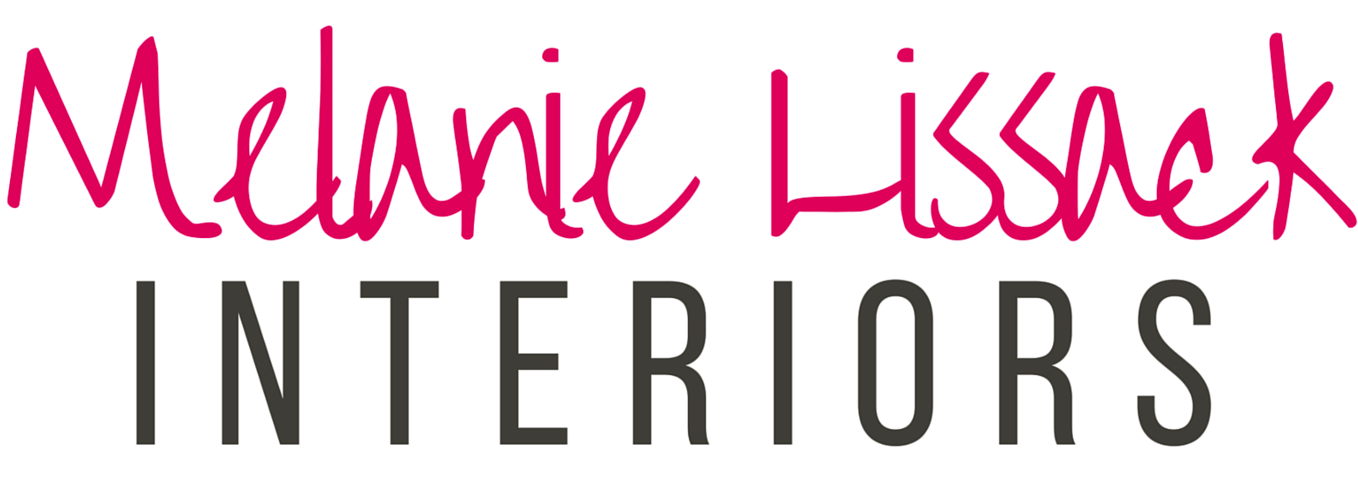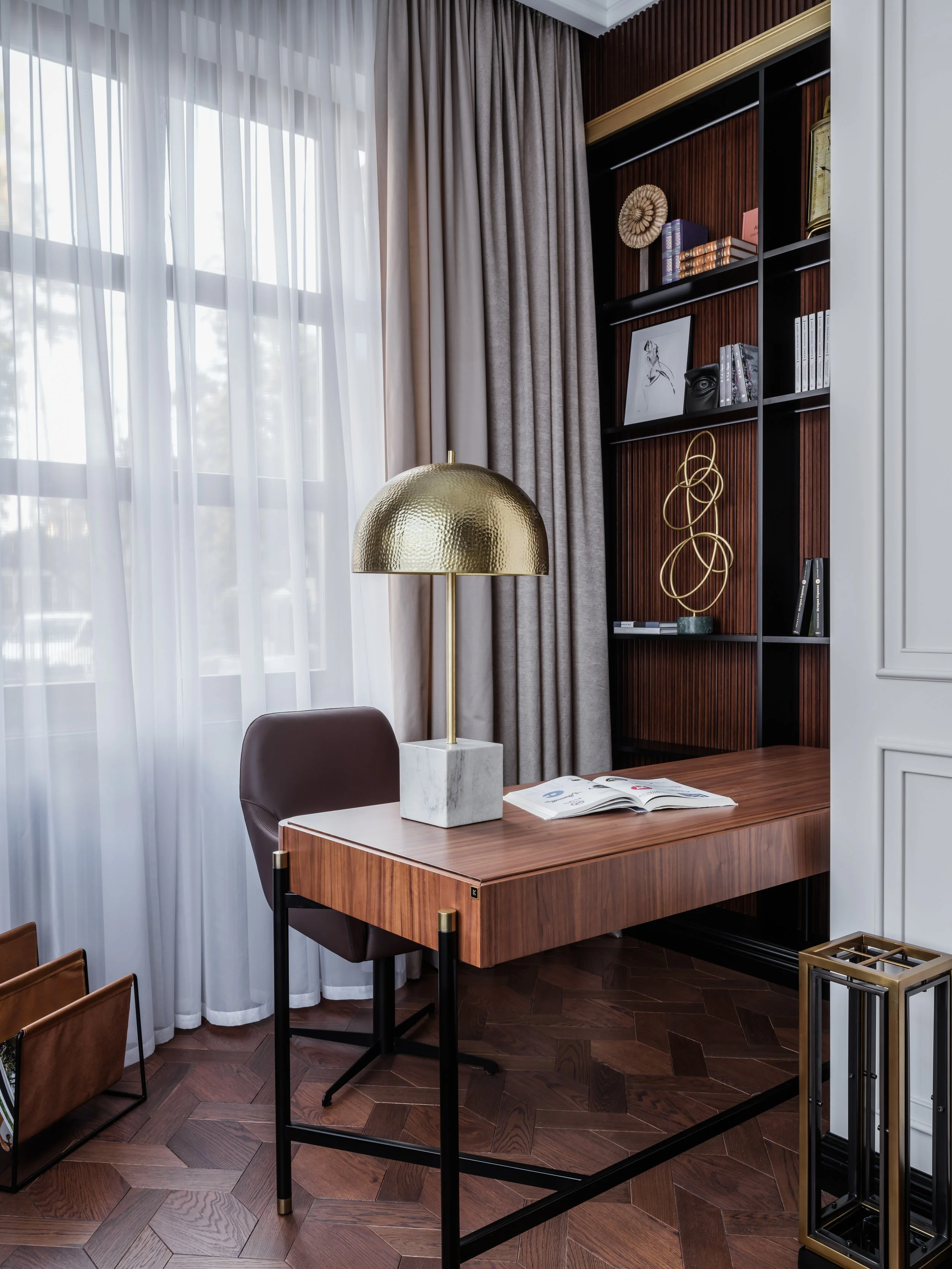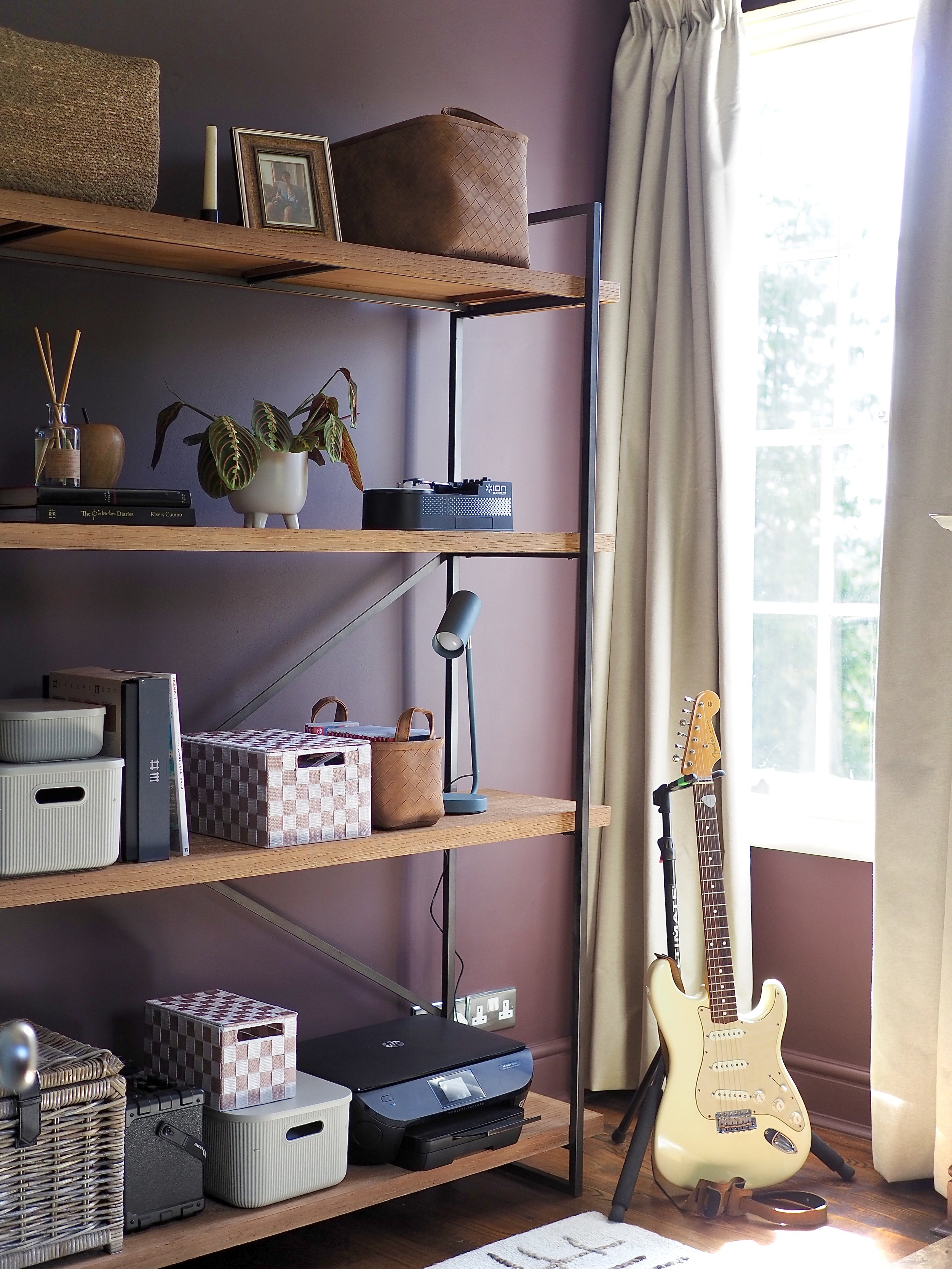How To Improve The Design And Functionality Of Your Home Office
Image credit: Tom Tailor Home
Featured Partner Post
Working from home has become increasingly common, making it essential to have a well-designed and functional home office. A productive workspace can significantly enhance your efficiency, creativity, and overall work satisfaction. However, it’s not always easy to create the perfect workspace for you to work effectively. To help you get some inspiration for improving your work-from-home set-up, we’ve listed some helpful tips and strategies. From designing the perfect workspace to digital tools that can help improve productivity- here’s how you can improve both the design and functionality of your home office.
Choose the Right Location
Selecting the ideal location for your home office is the first step. Ideally, choose a quiet area with minimal distractions. If possible, opt for a room with a door that you can close to separate work from home life. A space with natural light is also beneficial, as it boosts mood and productivity. Avoid high-traffic areas where noise and interruptions are frequent. Communicate with family members about your working hours and when you will need space and quiet to concentrate.
Image Credit: Mustard Made
Invest in Ergonomic Furniture
Ergonomic furniture is crucial for comfort and health. Start with an adjustable chair that supports your lower back and promotes good posture. Your desk should be at a height where your forearms are parallel to the floor when typing. Consider a sit-stand desk, which allows you to alternate between sitting and standing throughout the day, reducing the risk of back pain and other musculoskeletal issues. Although ergonomic furniture can be more expensive, it can help you be more productive in the long term and help to protect your physical health so it should be seen as an investment.
Optimise Lighting
Proper lighting is essential to reduce eye strain and create a pleasant working environment. Natural light is best, so position your desk near a window if possible. Supplement with artificial lighting, such as a desk lamp with adjustable brightness. Use warm light for a cosy feel and avoid harsh fluorescent lights that can cause headaches and fatigue.
Organise with Storage Solutions
Clutter can be a major distraction and hinder productivity. Invest in adequate storage solutions to keep your workspace tidy. Shelving units, filing cabinets, and desk organisers can help you keep everything in its place. Make use of vertical space with wall-mounted shelves. Label storage containers for easy access to documents and supplies. Effective storage not only helps your space to look tidier, but it can also help to make your workload more productive as it’s easier to access the things you need throughout the day.
Personalise Your Space
Personalising your home office makes it a more enjoyable place to work. Add personal touches such as photos, artwork, or plants. Plants not only improve air quality but also add a touch of nature, which can be calming and boost your mood. Choose colours that inspire you; blues and greens are often recommended for their calming effects, while yellows and oranges can energise and stimulate creativity.
Image credit: Laskasas
Manage Cables and Technology
A tangle of cables can be unsightly and distracting. Use cable organisers or clips to keep cords neatly arranged. Wireless devices, such as a keyboard and mouse, can also reduce clutter. Digital storage tools such as cloud storage and PDF editing tools can help with reducing the need for paper document storage. Ensure your office is equipped with the necessary technology to perform your tasks efficiently. High-speed internet, a reliable computer, and necessary peripherals like a printer or scanner are essential. Also, consider any equipment that is required for the specific industry your business specialises in.
Implement a Functional Layout
The layout of your office should facilitate workflow and minimise distractions. Position your desk to face the door or window for a sense of openness. Ensure your frequently used items are within arm’s reach. Arrange furniture in a way that promotes movement and allows for clear pathways. A well-thought-out layout can improve efficiency and make your workspace more pleasant.
Maintain a Clean Environment
A clean office is a productive office. Regularly clean your workspace to prevent dust build-up and maintain a healthy environment. Wipe down surfaces, vacuum the floor, and declutter regularly. Atidy space reduces stress and allows you to focus better on your tasks.
Create a Multi-Functional Space
If space is limited, make your home office multi-functional. Use furniture that can serve multiple purposes, such as a desk that doubles as a dining table or a sofa bed for guests. This flexibility ensures that your workspace can adapt to different needs without compromising on functionality or comfort. If you’re struggling to think of ways to design multi-functional spaces, consider hiring an interior designer to help design an effective space.
Image Credit: Quick-Step Flooring
Ensure Proper Ventilation
Good ventilation is often overlooked but is vital for a healthy workspace. Ensure your home office has adequate airflow, either through windows or a ventilation system. Fresh air improves concentration and reduces the likelihood of drowsiness and headaches. If natural ventilation is limited, consider using an air purifier to maintain air quality.
Integrate Sound Control
Noise can be a significant distraction in a home office. Use soundproofing techniques to minimise external noise. Carpets, curtains, and acoustic panels can absorb sound and create a quieter environment. Noise-cancelling headphones are also a good investment if you’re frequently disrupted by household noises.
Focus on Security
Security is crucial, especially if you handle sensitive information. Invest in a lockable filing cabinet for important documents. Ensure your computer is protected with strong passwords and up-to-date antivirus software. Regularly back up your data to prevent loss in case of hardware failure.
Adapt for Remote Collaboration
With remote work, collaboration tools are essential. Equip your office with a high-quality webcam and microphone for virtual meetings. Use software tools like video conferencing apps, project management platforms, and cloud storage to collaborate efficiently with colleagues.
Foster a Productive Mindset
Finally, foster a productive mindset by establishing a routine. Set specific work hours and stick to them. Dress for work, even if you’re not leaving the house, to mentally prepare yourself for the day. Create a to-do list to prioritise tasks and keep track of your progress. A structured routine helps maintain discipline and enhances productivity.
Improving the design and functionality of your home office involves a combination of ergonomic furniture, effective organisation, and a personal touch. By creating a space that is comfortable, well-lit and conducive to work, you can enhance your productivity and enjoy your time working from home. Remember, your home office should reflect your personal style while supporting your professional needs, making it a place where you can thrive both personally and professionally.







Create a home office that significantly impacts productivity…